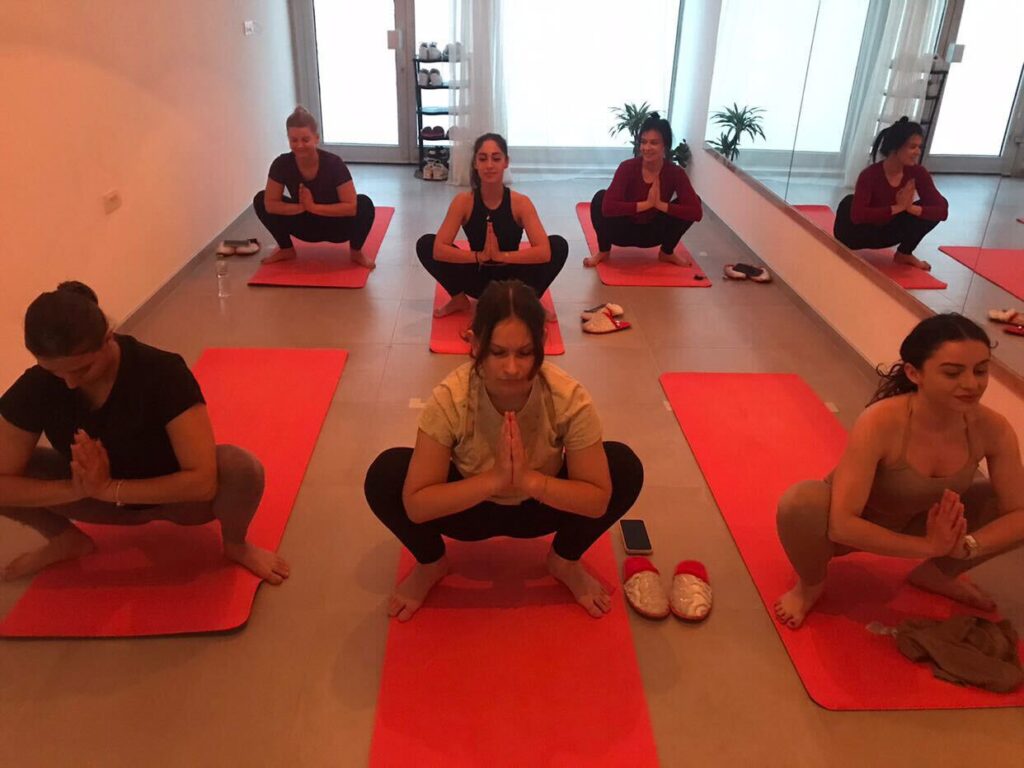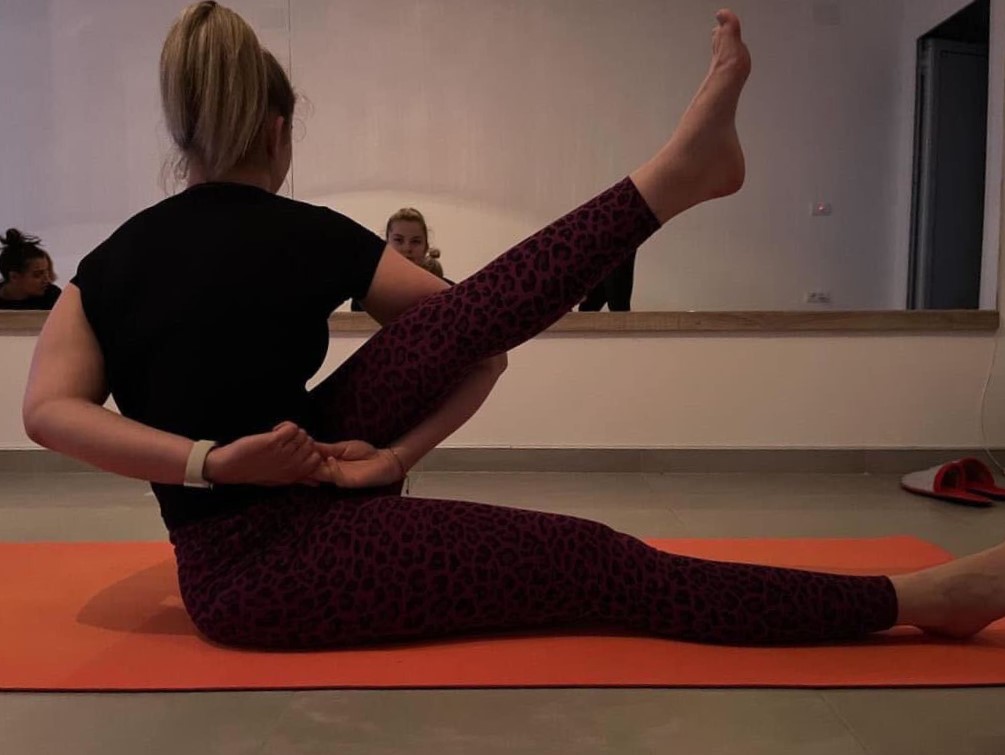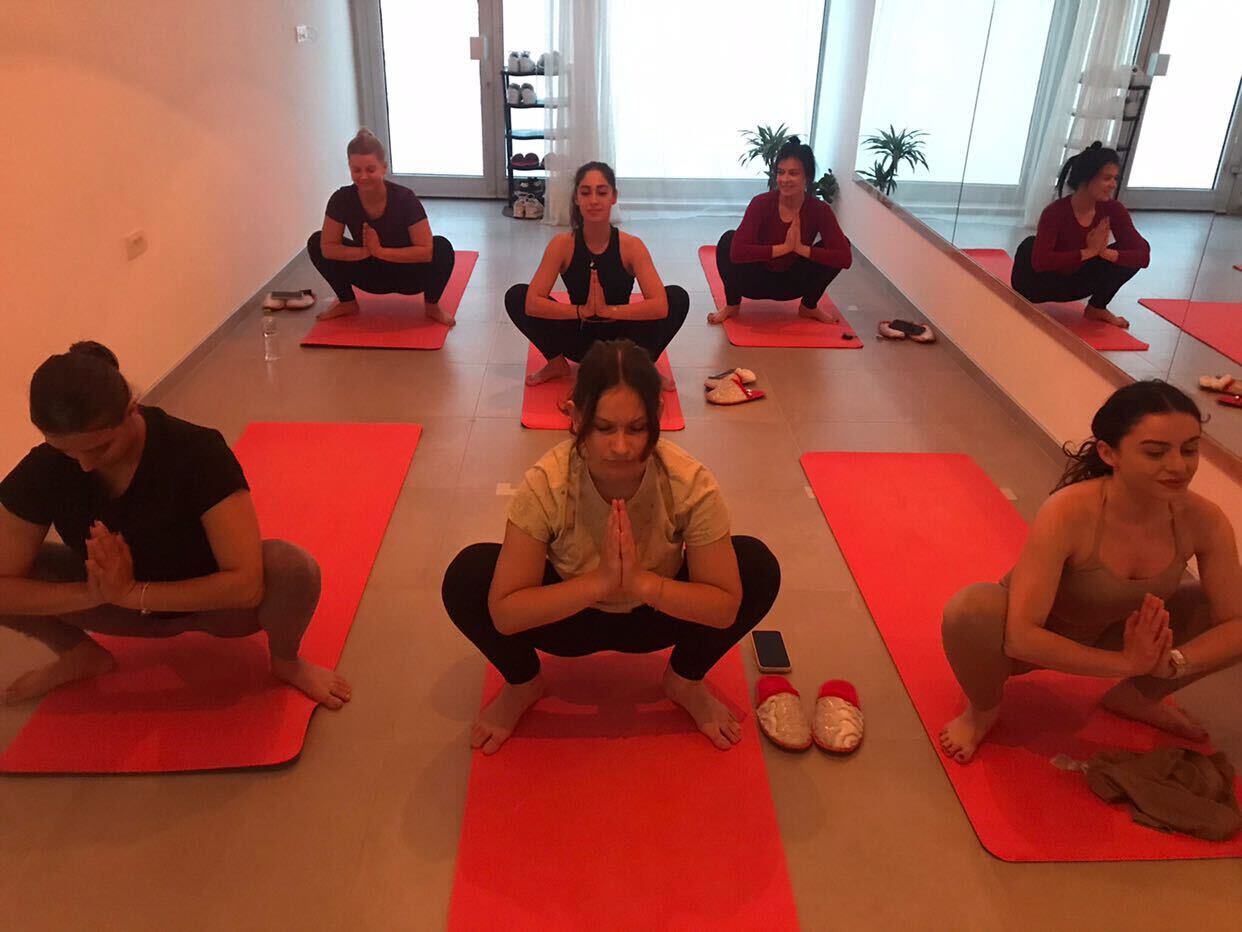In the fast-paced world of technology, IT professionals often find themselves glued to their screens for long hours, leading to a host of physical and mental health issues.
Incorporating yoga into your daily routine can be a game-changer, offering numerous health benefits that counteract the negative effects of prolonged sitting and screen time.
The Strain of a Sedentary Lifestyle

Working long hours at a computer can cause several health problems, including back pain, neck stiffness, eye strain, and poor posture.
These issues arise from remaining in a fixed position for extended periods, often in ergonomically incorrect setups.
This sedentary lifestyle not only affects your physical well-being but also leads to increased stress and mental fatigue.
Back Pain and Neck Stiffness: Prolonged sitting, especially without proper ergonomic support, puts significant strain on your back and neck. This can lead to chronic pain and stiffness, affecting your productivity and overall quality of life.
Eye Strain: Staring at a computer screen for hours can cause digital eye strain, resulting in dry eyes, headaches, and blurred vision. This condition, also known as Computer Vision Syndrome, is common among IT professionals.
Poor Posture: Hunching over your desk or laptop can lead to poor posture, which in turn causes muscular imbalances and contributes to discomfort and pain. Over time, this can affect your spine’s alignment and overall physical health.
The Healing Power of Yoga
Yoga is a holistic practice that combines physical postures, breathing exercises, and meditation to promote overall well-being.
For IT professionals, yoga offers specific benefits that directly address the issues caused by prolonged sitting.
Physical Benefits:
- Improved Flexibility and Posture: Regular yoga practice stretches tight muscles, particularly in the back, shoulders, and neck, helping to correct posture and prevent pain.
- Strengthened Muscles: Yoga poses build strength in key areas such as the core, which supports better posture and reduces the risk of injuries.
- Enhanced Circulation: Yoga promotes better blood flow, reducing the risk of conditions like deep vein thrombosis, which can occur from long periods of inactivity.
Mental Benefits:
- Reduced Stress: The combination of deep breathing and mindfulness in yoga helps lower cortisol levels, the body’s primary stress hormone, leading to a calmer state of mind.
- Increased Focus and Concentration: Meditation and breathing exercises improve mental clarity and concentration, which can enhance productivity and problem-solving skills.
- Better Sleep: Yoga can help regulate your sleep patterns by calming the nervous system and reducing the physical and mental tension accumulated during the day.
Incorporating Yoga into Your Daily Routine

Starting a yoga practice doesn’t require a significant time investment. Even a few minutes of stretching and deep breathing can make a substantial difference.
Here are some practical tips for integrating yoga into your daily routine:
- Morning Stretch: Begin your day with a few gentle yoga poses to wake up your body and mind. Poses like the Cat-Cow Stretch, Downward Dog, and Child’s Pose are great for energizing your body in the morning.
- Break Time Yoga: Take short breaks throughout your workday to perform simple stretches at your desk. This can help alleviate tension and prevent stiffness. Try seated twists, neck stretches, and wrist stretches to keep your body relaxed.
- Evening Relaxation: Wind down your day with a calming yoga routine to release the stresses of the day and prepare for restful sleep. Poses like the Forward Bend, Legs Up the Wall, and Corpse Pose (Shavasana) can help you relax and unwind.
Specific Yoga Poses for IT Professionals
Certain yoga poses are particularly beneficial for addressing the issues that IT professionals face. Here are a few to consider:
- Cat-Cow Stretch (Marjaryasana-Bitilasana): This gentle, flowing sequence stretches and mobilizes the spine, relieving tension in the back and neck.
- Downward Facing Dog (Adho Mukha Svanasana): A full-body stretch that strengthens the arms, shoulders, and legs while relieving tension in the spine.
- Seated Forward Bend (Paschimottanasana): Stretches the spine, shoulders, and hamstrings, and helps to calm the mind and reduce stress.
- Child’s Pose (Balasana): A resting pose that gently stretches the back, hips, and thighs while promoting relaxation.
- Legs Up the Wall (Viparita Karani): A restorative pose that improves circulation and helps to alleviate lower back pain and swelling in the legs.
- Corpse Pose (Shavasana): One of the most important poses in yoga, Shavasana helps calm the mind, reduce stress, and promote overall relaxation. During this pose, my instructor guides us through visualizations with a very gentle voice, telling soothing stories that help deepen the sense of peace and tranquility. This pose is typically practiced at the end of a yoga session to fully absorb the benefits of the practice.
Conclusion
Since incorporating yoga into my daily routine, I have noticed a significant improvement in my overall well-being.
My posture has improved, and my core has become stronger, alleviating the back and neck pain I used to experience from long hours at the computer.
Additionally, yoga has helped me achieve a better work-life balance, reducing my stress levels and improving my mental clarity.
Embracing yoga has truly been a transformative journey, leading me to a healthier, more balanced life.
P.S. Another wonderful aspect of practicing yoga is the sense of community it fosters. I’ve made good friendships and shared positive vibes with fellow yogis, making the experience even more enriching.
